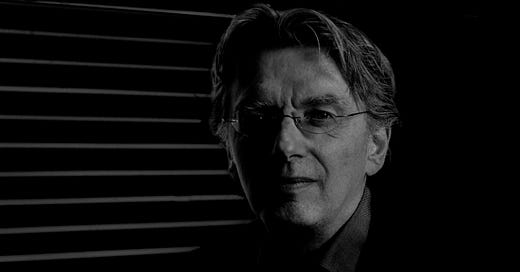The Dark Rooms of... Jan Gruiters
The Dark Rooms of... is an interview series in which a photographer talks about his or her darkrooms, the digital and the mental, or technical and inspirational. What makes you click?
In this edition of The Dark Rooms of… we focus on Dutch street photographer Jan Gruiters.
By the way, if you haven’t read the previous six interviews, you can find them in the archive.
Here we go.
Who are you?
My name is Jan Gruiters. I am a father of three sons, but I am also a Hagenees (born in The Hague) in Culemborg and a recently retired husband. And yes, I am also a photographer. Photography has fascinated me from an early age. I took my first pictures with my father's Agfa box camera. I still have those first eight pictures. As a boy, I dreamed of a life as a photographer over Time Life books from the library. But that didn't happen. I got another dream job: director of PAX, an organisation working to end armed conflict in Europe, Africa and the Middle East. A wonderful job that took up all my time and energy. It was only after retirement that I had time for the other dream: photography. I am a member of the photography club Lek en Licht and the photography collective Visie+.
Techn…
Keep reading with a 7-day free trial
Subscribe to Darkrooms to keep reading this post and get 7 days of free access to the full post archives.





